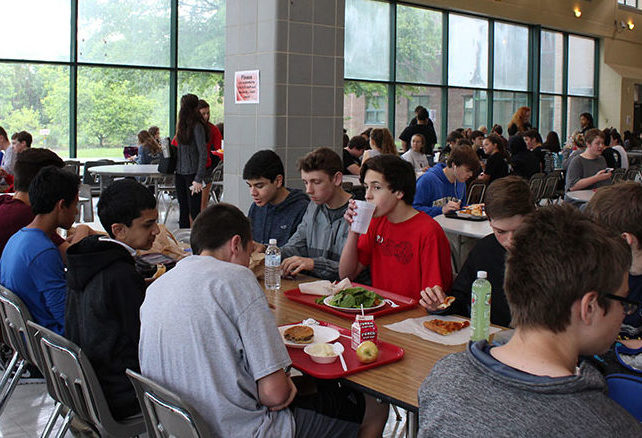Everything You Should Know about FCPS Lunch Programs
A Comprehensive Behind-the-Scenes Look at FCPS Child Nutrition and Your School's Cafeteria
May 15, 2017
As a rule, students complain about cafeteria food. It is a phenomenon that can be seen on television, in the media, and in daily life. However, few students are aware of the behind-the-scenes processes that go into putting food on their trays.
“They serve us food… I mean, what else is there?” said sophomore Kevin Jing.
In reality, FCPS Child Nutrition is a 25 million dollars self-supporting organization comprised of over 400 employees and 61 sites, involved in getting food to students at all stages of the process.
Overview
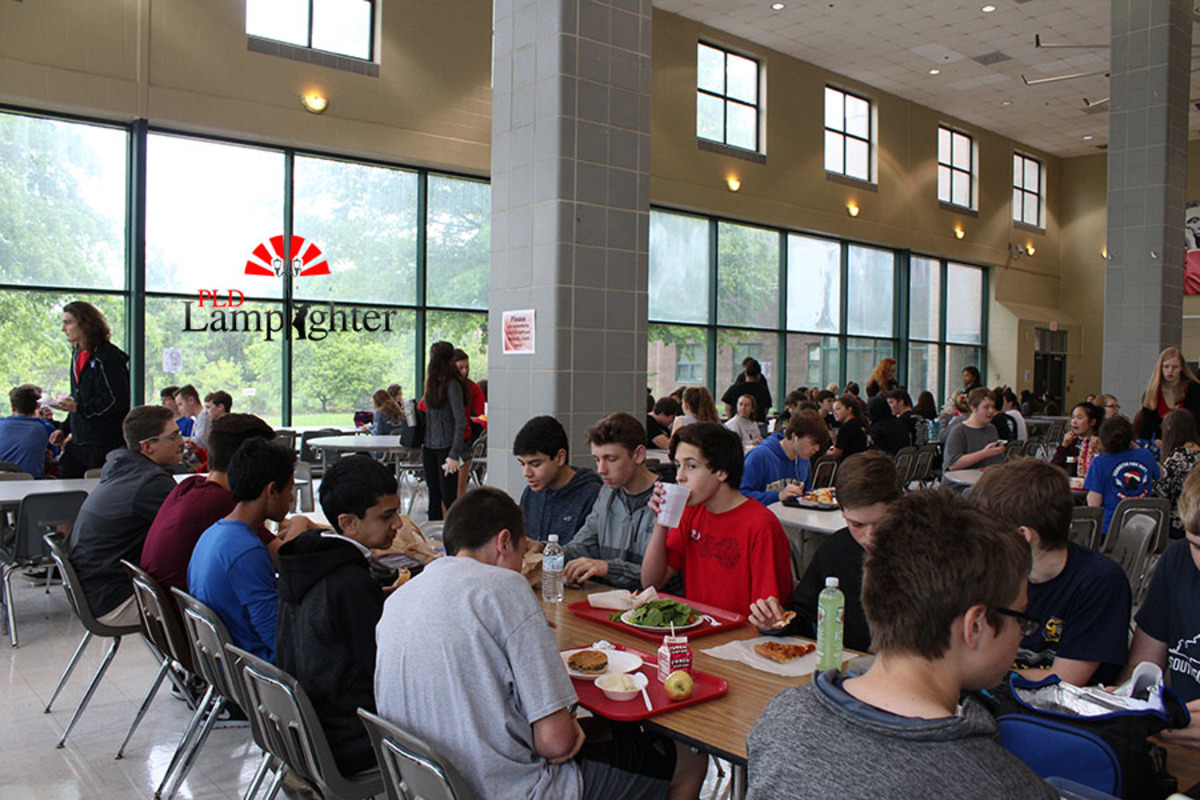
FCPS Child Nutrition is entirely federally funded under the National School Lunch Program. It is also financially independent, meaning it does not receive funding or financial support from the rest of the FCPS system. It’s important to note that specific school cafeterias are run by FCPS Child Nutrition, rather than the schools themselves.
“There’s really not a whole lot we can do at the school level,” Dunbar Cafeteria Manager Kelly Herriford said regarding menu decisions.
FCPS Child Nutrition handles every aspect of feeding students from developing recipes to seeking local produce for purchase to ensuring that students who qualify for meal benefits receive them. The organization also runs an array of programs including breakfast and lunch for all public schools as well as after-school meals and snacks at the elementary school level. The organization is also involved with summer feeding programs.
“To run a summer feeding program, the surrounding school attendance has to be at least 50% free and reduced students,” said Jessica Whisman, FCPS Child Nutrition Assistant, and Free and Reduced Application Management (FRAM) Coordinator.
Free and Reduced vs. Direct Certified
The majority of Fayette County Public Schools fall under the Community Eligibility Provision (CEP) program which allows schools with more than 40% directly certified students to serve free breakfast and lunch to all enrolled students. Direct Certification is determined by the state based on family participation in federally-assisted programs such as SNAP, or food stamps.
“We’ve seen a lot of beneficial elements with the CEP program, such as not having to worry about students receiving a cheese sandwich,” said Whisman. “It reduces the bias with the free and reduced status but it does cause a lot of confusion so we need to educate teachers on the specific differences.”
Participating schools do not require families of students to fill out household applications to eat free. It is important to note that students attending CEP schools do not automatically receive the free and reduced lunch status; they must separately apply. In Fayette County, 52% of schools are part of the CEP program.
“My goal would be to make the whole district CEP, but there’s also a balancing act with funding,” said FCPS Child Nutrition Director Michelle Coker.
Why it Matters That Students Take a Full Meal
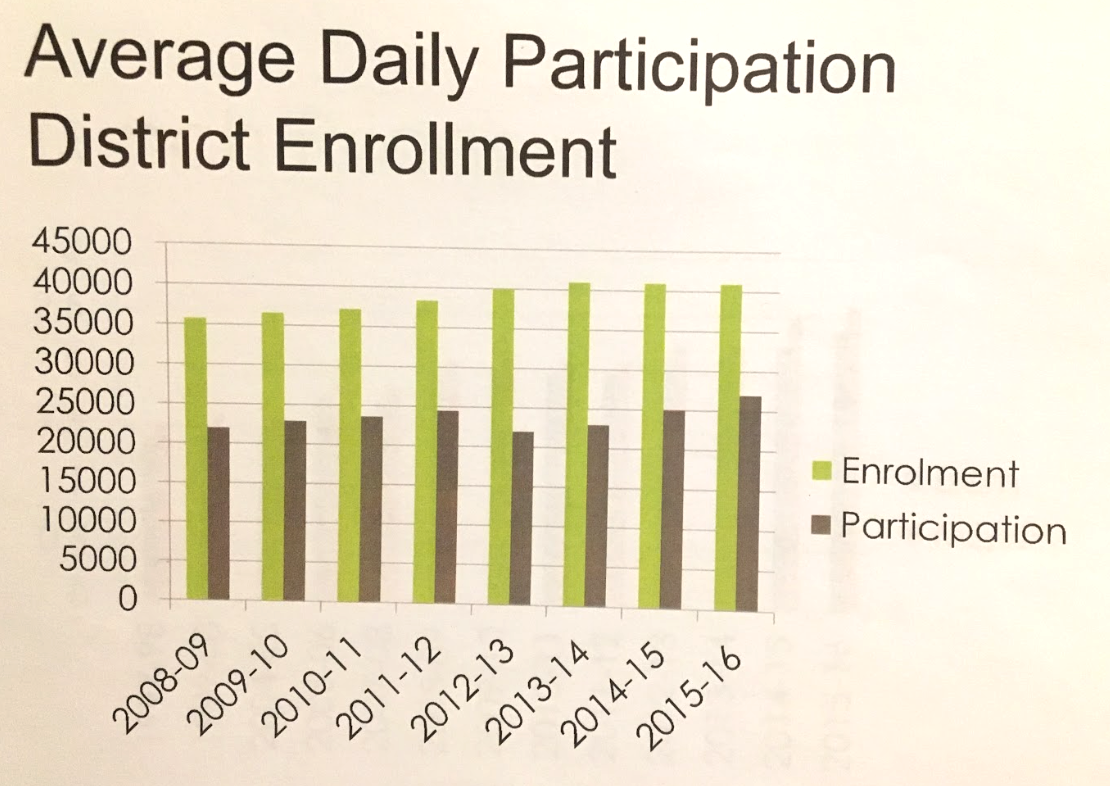
Every day, there are more than 700 lunches served at Dunbar, and more than 25,700 in FCPS. Each lunch offers at least two different options of the five main meal components: protein, dairy, grains, fruits, and vegetables. A “full meal” in FCPS consists of at least three choices of the five, with one having to be a ½ cup of either a fruit or a vegetable.
Only full meals are reimbursable, meaning that the federal government gives FCPS Child Nutrition a certain amount of money back for each full meal sold. FCPS Child Nutrition relies on these reimbursements for 72% of their total income, so it is crucial that students take enough items on their trays to fulfill the “full meal” requirement. A la Carte foods are not reimbursable.
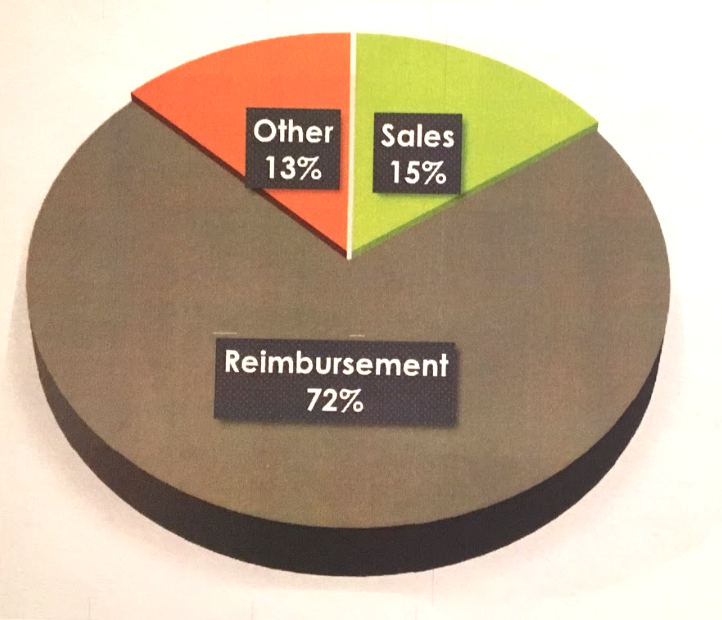
With full-paid meals, FCPS Child Nutrition receives $0.38 back from the government. The government compensates $2.84 back to the program for reduced lunches, and $3.24 for a free meal. So not only do non-reimbursable meals hurt the program, but those meals do not qualify under the Free/Reduced Meals Program so students on free/reduced lunch would have to pay the full price, meaning they pay more to take less.
The Rising Costs of Lunch
As for general prices, a full-paid lunch is $2.75, and a reduced lunch is $0.40. Meal prices normally slightly increase every year both to account for increased prices of ingredients and resources, as well as to match the annually raised reimbursement amounts from the federal government.
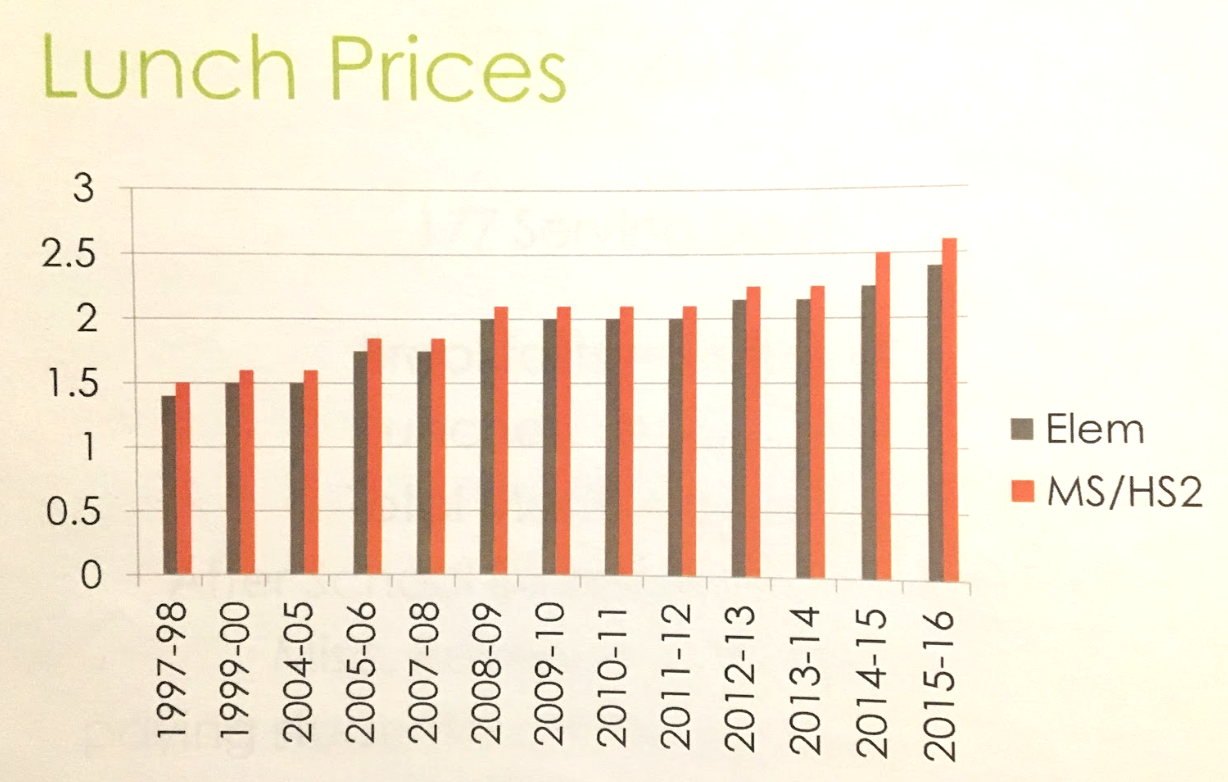
When students do not have enough money in their accounts for a meal, they can “charge.” This charging accumulates overall, and there is an average daily total of $4000 in charging from FCPS students. For that reason, FCPS sets limits on the amount a student can charge.
“We used to have a daily run of $25,000 a day of student charging, but now we are down to $4000,” said Coker.
Full-paying students are allowed to charge up to around $11 (price of two breakfast meals and two lunch meals), while charging totals for reduced lunch students are capped at around $2. Students who reach the charging limit are given a cheese sandwich and milk.
“We don’t like the [cheese sandwich] policy. My staff pays out of their own pockets for students who hit that limit at all age levels… But if we did not have a cap on it and control over it then our charges would be so astronomical, they would highly impact our program,” Coker said.
Nutrition
Meals are regulated under national, state, and local requirements. The main regulator, and the most strict factor, is the United States Department of Agriculture (USDA), on the national level. Everything from the total calories of a meal to the ounces of sodium available per meal to the minimum required number of vegetables with specific colors is regulated. For example, each high school lunch day must offer at least one ½ cup of a “dark green” vegetable.
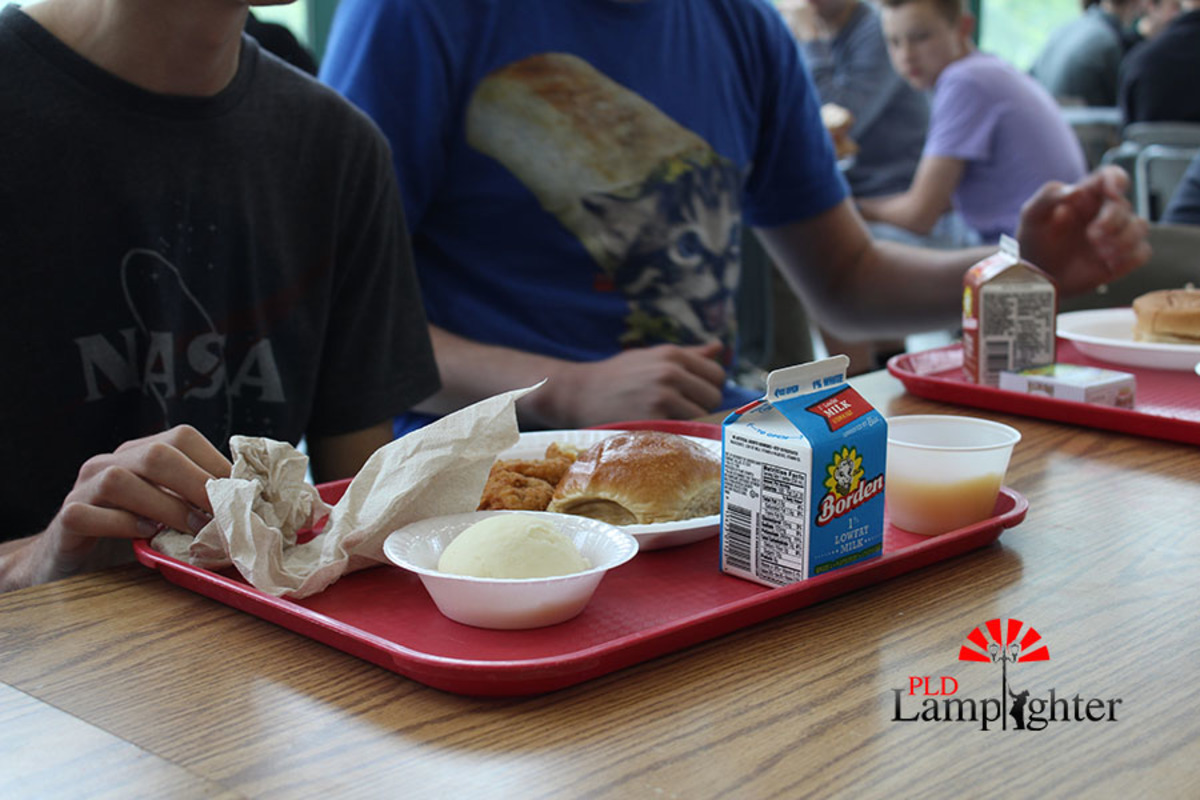
FCPS, with the guiding hand of annually stricter nutritional regulations from the federal government, is making sure to serve healthier and more nutritious meals every year. In recent years, this includes no added salt to any food served and all bread at least 51% whole grain, to name a couple of significant regulations.
Having to abide by harsher federal regulations does not always reflect well on FCPS Child Nutrition.
“I eat lunch every day and some of it’s good, but some of it’s bad,” said freshman Michael Sizemore. “The vegetables just aren’t tasty at all.”
Although the program cannot do anything about the strict federal regulations, they try to find ways to follow the nutritional requirements, stay within the calorie limits, and still taste decent to students, according to Coker.
For example, due to the high sodium content, the program is no longer allowed to serve pickles, which was something she said was very popular with past generations. In response, lunches have started serving a pickle-infused chicken patty this year, which many students have said that they like.
“[The new chicken patty] is really good,” said junior Jaquice Gray. “It actually tastes like a Chick-Fil-A sandwich.”
Domino’s, Papa John’s, or What?

This process for purchasing food is known as “bidding.” The desired item, like pizza, is sent to a predetermined group of companies with a list of nutritional requirements. The goal is to find a company that is both inexpensive and that can comply with all the caveats. For example, Domino’s is a bidding company with FCPS Child Nutrition, but the pizza they provide for FCPS lunches is custom-made because of the special requirements. In other words, the product they make for Dunbar cannot be bought in their store because it has both more cheese and more sauce than their store product.
The program also receives some of its food through what is known as commodities. FCPS Child Nutrition receives large amounts of certain foods from the government at an extremely low cost. The main commodity the program chooses to receive and serve is protein: beef, chicken, and pork.
While not all food served is local or organic, FCPS Child Nutrition is making an effort to move in a more local and healthy direction, having started with the lettuce according to Coker.
“We get several cases of completely local hydroponic lettuce every week,” said Herriford.
In cafeterias and other food sites, staff workers prepare the food as “batch-cooking” to reduce waste and keep freshness. The county does not handle raw meats; instead, they use precooked foods that are then cooked to temperature.
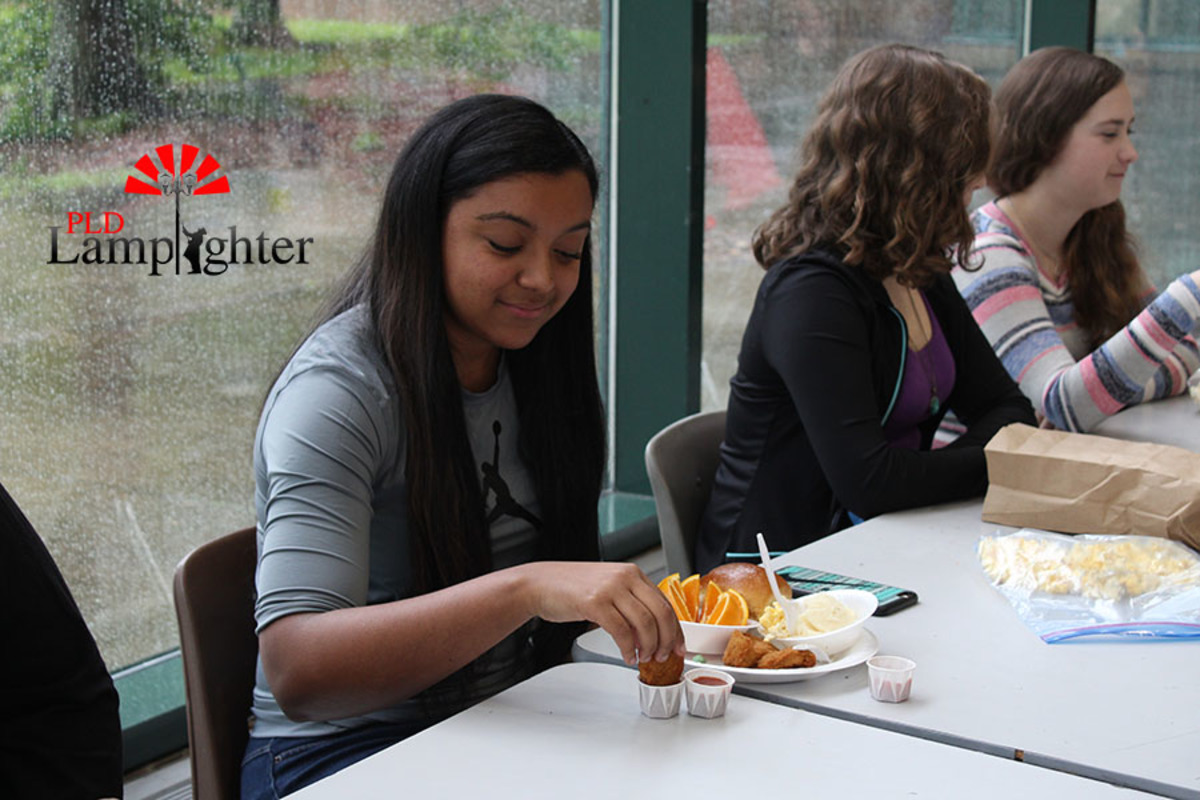
What’s on the Menu?
Menus are planned annually and oftentimes a full year in advance. Each FCPS high school has the same menu to ensure equality and consistency among students. The meals rotate every two weeks.
Having to work with the ever-changing nutritional guidelines as well as the FCPS district chef to check the taste of potential meal components, FCPS Child Nutrition Coordinator Wendy Young has made it a point to positively change the school meal experience for the students. She looks at color, freshness, and variety when planning menus, testing foods, and deciding menu items.
“We are working on providing products that are what we want to call ‘cleaner’ like you are not going to have all these items that have ingredients that you can’t read or understand,” said Young. “The only way we can buy what are better products is we have to have participation.”
Meals are planned annually by Young and oftentimes a full year in advance. Each FCPS high school has the same menu to ensure equality and consistency among students. The meals rotate every two weeks.
Free and Reduced Lunch Program
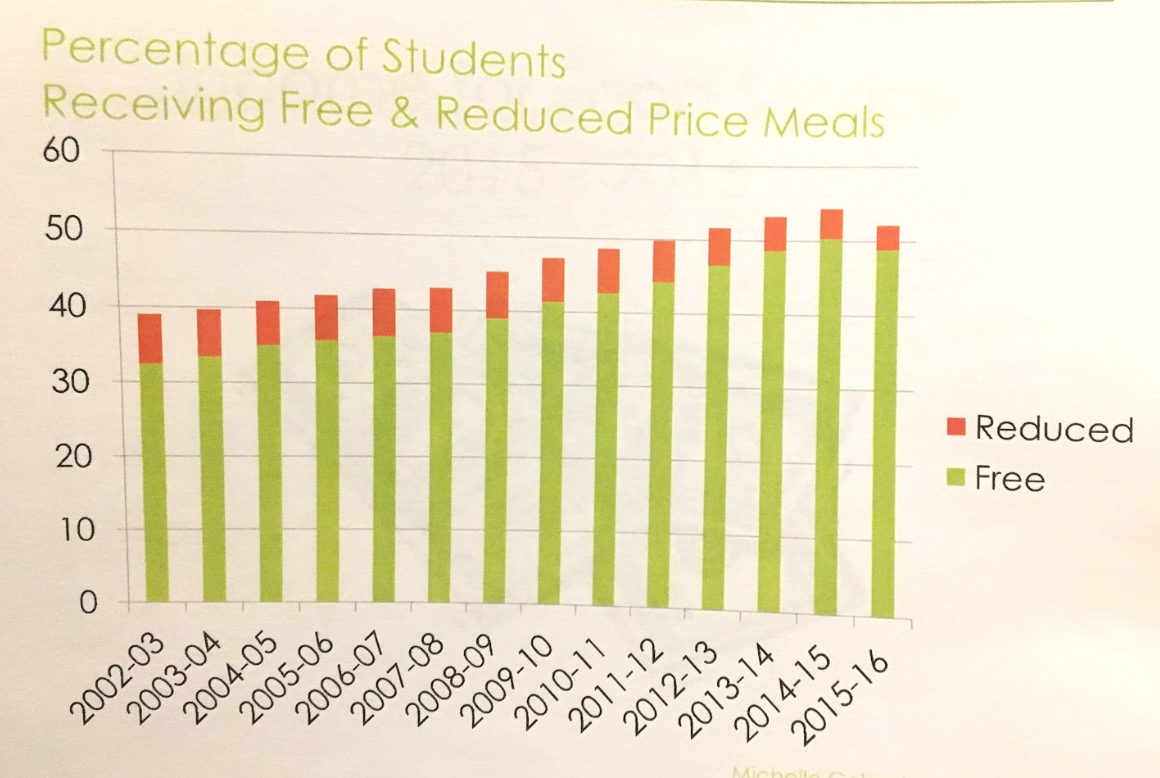
Nearly half of all Dunbar students partake in the federally-funded free and reduced lunch program. It is a program for students who meet certain income requirements that allow them to receive a meal for free or at a reduced price of $0.40 for lunch and $0.30 for breakfast.
Those in the program also receive benefits such as fee waivers for college applications, lost or damaged textbooks, field trips, and tests such as AP, SAT, PSAT, and ACT. Students attending a CEP school do not automatically qualify for free and reduced lunch status, and must independently apply to receive the status and the benefits.
In order to qualify for free or reduced status, families must fill out a household application that can be completed in print or online and is offered in a variety of languages ranging from Spanish to Arabic.
Qualification is based on a household’s position in relation to the American poverty line. Those that are at or below 85% above the poverty line qualify for reduced status and those living at or below 30% above the poverty line qualify for free status. Only one application is needed per household.
46% of Dunbar is on the free and reduced status and, as a county, 54% of FCPS students partake in the free and reduced lunch program.
“When you come to school, sometimes it’s not just about school. You have social struggles, issues, your life,” said junior Edith Cruz. “ My parents have to provide for my family of five so that two dollars you pay for school lunch accumulates throughout the day and could be used to pay for something else like rent or clothing.”

The Free and Reduced Lunch program, as well as the lunch program overall, has a significant impact on students. Across the state, it’s been shown that one in five children face food insecurity, and only one in 13 students on free and reduced lunch receive those meals over the summer.
“It’s amazing how food insecure a lot of our households are,” said Coker.
Yet, the nation’s current political climate includes many criticisms and proposed budget cuts to the programs. Recently, White House Budget Director Mick Mulvaney spoke about after school food programs. He said, “they’re supposed to help kids who don’t get fed at home get fed so they do better in school. Guess what? There’s no demonstrable evidence they’re actually doing that.”
Coker had a rebuttal to that statement. “If you come to school hungry, can you concentrate on your work?” she said.
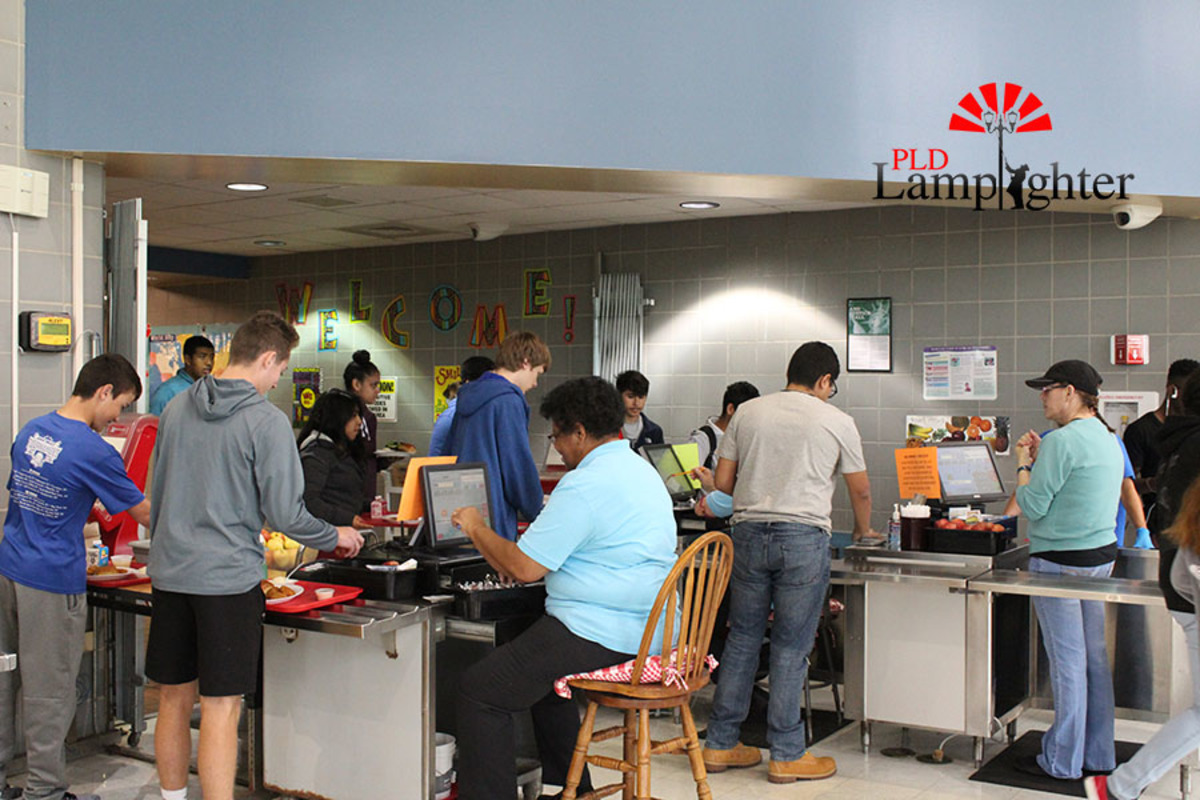
Recently, there has been concern in nearby Montgomery County that free and reduced lunch students are being shamed due to the stigma surrounding the program. At Dunbar, there are ways that cafeteria staff and managers seek to avoid shaming. When a student is charging, cafeteria cashiers at Dunbar are trained to contain the situation to avoid attracting the attention of surrounding students.
“We definitely do not want to address the issue out at the register when there are other students around,” said Herriford.
The reason all students punch in lunch numbers at the counter is to keep their status confidential. In addition, the only people who have access to a student’s status in terms of meal payment are the student, cafeteria staff, counselors, and key administrators in the building. By keeping this information private, the goal is to keep anyone from treating certain students differently based on how much they pay for lunch.
There’s an App for That
FCPS Child Nutrition has developed a website and phone app called Nutrislice that not only offers complete meal information on every item served in the cafeteria with a calendar of dates and meal rotations, but it also offers a way for students to provide feedback on food items.

The website started in 2010 so that students, parents, and nurses could have easy access to the carbohydrate information of the food items for diabetics. The site continued expanding to include complete data on nutritional content for each item as well as the schedule of menus. In 2016, Nutrislice became available as an app, that has now expanded to include food item ratings and comment sections. Anyone can download and use the app.
“If you want to know what’s for lunch or if you have something you want to change or something you really like and want to keep, then Nutrislice is extremely beneficial,” said freshman Sophia Daily, who learned about the app as a member of the Superintendent’s Voice Team.
According to Daily, students are encouraged to download the app and choose a food item from any day to let the FCPS Child Nutrition staff know how they personally feel about the menu item. The item can be given a rating out of five stars, and they can also leave comments.
“We want to hear from you all what you like and what you don’t like,” said Coker. “If Dunbar is having consistency problems or a food is too soggy, those are things we can fix.”
With Nutrislice feedback, students can have a direct hand in what foods they are served. Since the FCPS Child Nutrition staff has no other way of receiving feedback and wants to make sure students will eat the food, this feedback is highly important and will be significantly utilized according to Coker.

FCPS Child Nutrition has been trying to promote this app with students and has recently met with the Fayette County Superintendent’s Student Voice Team to introduce them to Nutrislice and how meals are planned.
“We as students have a voice and instead of complaining to each other how about we complain to the people who can actually do something about it,” said Dunbar junior Kaden Gaylord, a member of the Superintendent’s Student Voice Team.
So, What’s Next?
Although FCPS Child Nutrition has made significant progressive changes in the county such as the increase in CEP schools and the move toward “cleaner” foods, Coker said that they intend to continue making positive impacts–one decision at a time.
One decision in action is utilizing more environmentally-friendly trays and plates in the cafeteria of Frederick Douglass High School, the new high school to open this fall.
“What we want to do is incorporate [recyclable trays] into Frederick Douglass and then, hopefully, use that as our pilot and branch that out to other sites. We’re really excited to go that route financially,” said Coker.
A plan to look forward to in the next couple of years for Dunbar students is the implementation of a spice station in the cafeteria similar to one at nearby Beaumont Middle School.
“I’d love to see more variety in the future,” sophomore Nicolas Vargas said.
School lunches are a part of every student’s school day, and working together, both students, parents, and the community, along with FCPS Child Nutrition, can continue to make improvements in the best interest of all FCPS students.
